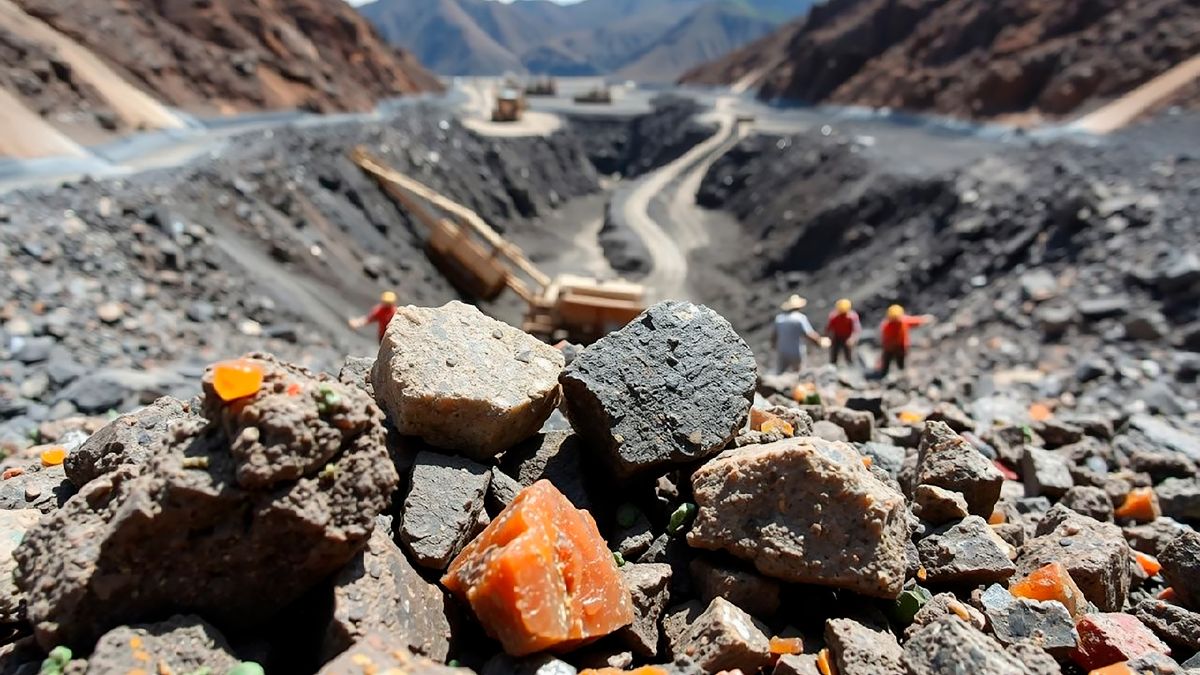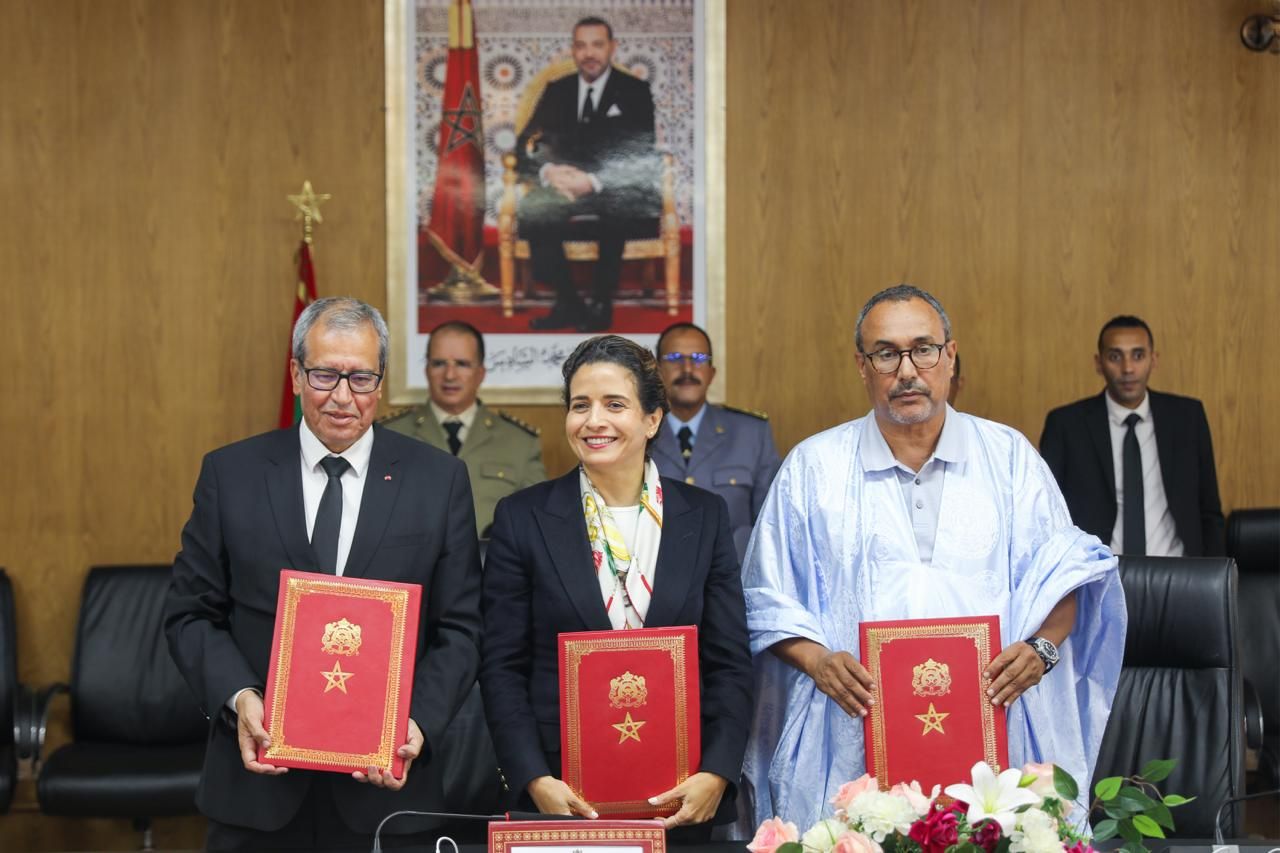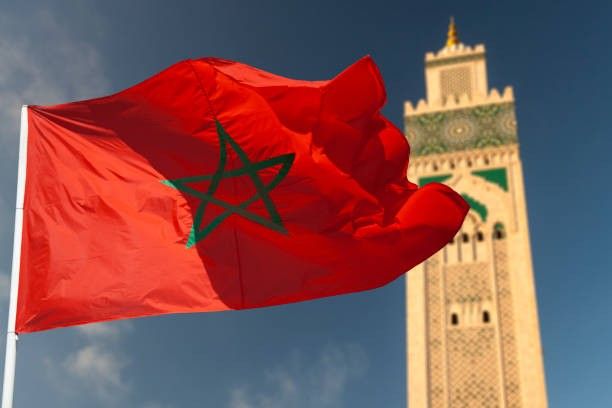
Armenia’s Rare Earth Opportunity: Can a Small Nation Power a Cleaner Tech Future?

Dakhla-Oued Eddahab Advances Green Transition with New AI, Hydrogen and Green Data Center Agreements

When the global conversation turns to rare earth elements (REEs), Armenia is rarely the first country mentioned. Yet this small, geologically rich nation could play an important role in the world’s transition to net-zero. As demand for REEs essential for wind turbines, EV motors, batteries, and advanced electronics continues to grow, countries and companies are looking for reliable, diversified partners. Armenia, with its mining experience and scientific talent, is well positioned to be one of them.
Armenia’s mining history has long centered on copper, molybdenum, and gold. These sectors have supported exports, jobs, and industrial capabilities. Now, as the world shifts towards cleaner technologies, attention is turning to critical minerals including rare earths that underpin the green economy.
Armenia sits within a tectonically active and mineral-rich region already known for polymetallic deposits. While not yet a major rare earth producer, its geology suggests potential for critical minerals occurring alongside existing ore bodies. That creates an opportunity to build on what already exists:
Rather than trying to compete on volume, Armenia can develop as a smart, agile niche player in low carbon supply chains.
Many of the world’s early rare earth projects emerged before today’s environmental technologies and sustainability standards were widely available. Armenia has the advantage of entering this space later, with access to modern best practices and cleaner technologies from the start.
This opens the door to a “second generation” rare earth strategy built around:
By prioritizing these principles from the beginning, Armenia can align rare earth development with its broader sustainability and development goals and present itself as a reliable, forward looking partner in global supply chains.
Armenia’s strength doesn’t have to come from being “big.” It can come from being precise, specialized, and innovative. Several promising directions stand out:
Together, these approaches enable Armenia to present itself not only as a resource holder, but as an innovation hub for responsible critical minerals development.
The global push for a clean energy transition is creating strong demand for trustworthy partners who can supply critical minerals in line with modern expectations around sustainability, transparency, and shared benefit. Armenia has several advantages in this context:
Well designed partnerships between government, industry, local communities, and international stakeholders can ensure that new projects support long term development goals, create skilled jobs, and connect Armenia more deeply to the emerging clean tech economy.
For investors and technology partners, Armenia offers a compelling proposition: a country eager to align with the net‑zero transition, ready to build on existing strengths, and open to collaboration around high standards and innovation.
Most rare earth narratives focus on dominance, scarcity, and geopolitical rivalry. Armenia can help tell a different story, one centered on smart specialization, sustainability, and shared value.
That story could include:
Armenia may never be the largest producer of rare earths, and it doesn’t need to be. Its strength can lie in becoming a high trust, high value partner in the critical minerals ecosystem demonstrating how a small country with a strong mining and scientific tradition can contribute meaningfully to the global net-zero transition.
In a world racing to decarbonize, Armenia’s rare earth opportunity is not just about what lies underground, but about the kind of future it chooses to build above it.


